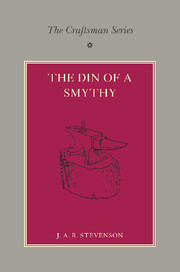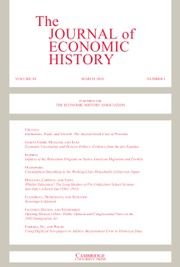The Bank of England and Public Policy, 1941–1958
In this book, originally published in 1992, the official history of the Bank of England was continued into the late wartime and early postwar periods. The author's position as a central banker by trade and a former Executive Director of the Bank put him in an ideal position to carry out this analysis. His account examines mainly how the Bank moved on after the hurried nationalisation of 1946 and led a vigourous though often frustrated life in the postwar years, when sterling was subject to recurrent external weakness and when domestic monetary policy was beset by difficulties of content and conduct. The Bank's relationship with the Treasury is central to the story, but Mr Fforde also examines its evolving relationship with the financial community and with central banks overseas. The Bank's contribution to public policy, in a frequently controversial field, is explained and assessed.
Product details
March 2012Paperback
9780521294522
882 pages
229 × 152 × 50 mm
1.27kg
Available
Table of Contents
- List of illustrations and acknowledgements
- Preface
- List of abbreviations
- 1. The nationalisation of Norman's bank
- 2. Lord Keynes and the Bank: Bretton Woods and the Anglo–American Loan
- 3. The false dawn and the crisis of 1947
- 4. The four difficult years: from the crisis of 1947 to the Korean War
- 5. Domestic monetary policy 1945–51
- 6. The watershed:
- 1951–2
- 7. The rise and fall of the Collective Approach:
- 1952–5
- 8. 1956: the Bank and the Suez affair
- 9. Convertibility: the last act:
- 1957–8
- 10. Domestic monetary policy 1952–8: disillusion and debate
- 11. The Bank and the Square Mile
- 12. Envoi.










